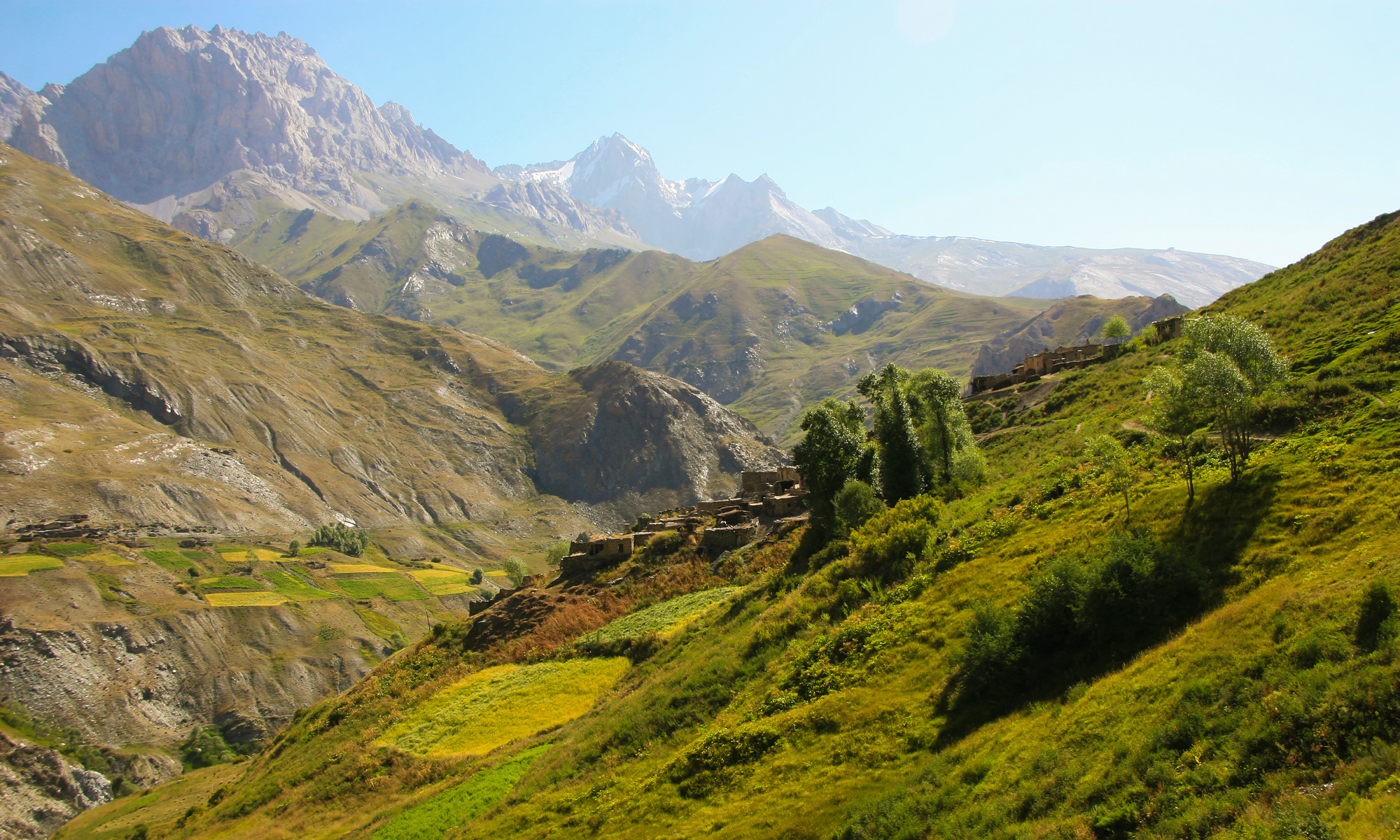The proposal to establish a Natural-Ethnographic Park in the Yaghnob Valley is more than a conservation initiative. It is a recognition of the interdependence between biodiversity and cultural identity, and a commitment to preserving both for future generations.
Yaghnob is not a wilderness untouched by human hands—it is a landscape deeply shaped by traditional knowledge and seasonal rhythm. Villages are interwoven with terraced fields, pastures, and sacred sites. The valley’s varied elevations (ranging from 2,000 to over 3,000 meters above sea level) support diverse ecosystems, including alpine meadows, endemic flora, and old-growth juniper forests.
A natural-ethnographic park goes beyond traditional models of environmental protection. It is designed to safeguard both ecosystems and the cultural practices that have historically sustained them.
The proposed park would:
-
Conserve fragile high-altitude ecosystems, including endangered and endemic species;
-
Protect and promote traditional knowledge, oral literature, and agricultural techniques encoded in the Yaghnobi language;
-
Enable sustainable livelihoods through eco-tourism, local handicrafts, and culturally sensitive development;
-
Enhance community resilience by improving access to healthcare, education, and infrastructure in alignment with conservation goals;
-
Strengthen language revitalization and cultural continuity, ensuring that intangible heritage remains a living part of the valley’s future.
In the absence of protection, the valley faces mounting pressures:
-
Outmigration of youth, driven by limited economic opportunities, threatens the intergenerational transmission of language and culture.
-
Environmental degradation from unregulated grazing, deforestation, and infrastructure expansion undermines fragile ecosystems.
-
Climate change, including glacial melt and shifting weather patterns, jeopardizes both agriculture and biodiversity.
-
Increased development pressures, such as unmonitored road and energy projects, could fragment habitats and alter the cultural landscape irreversibly.
A natural-ethnographic park would provide the framework for sustainable governance, ensuring that change is participatory, responsible, and aligned with the needs and values of local communities.
This initiative is not new. As early as 2007, researchers, community leaders, and cultural advocates raised international awareness of Yaghnob’s exceptional heritage at the 2007 conference. Documents piled together with the help of the best researchers at the event, emphasized the valley’s unique status as one of the last living links to the ancient Sogdian world—a site of cultural return following forced displacement during the Soviet period.
Today, that vision remains both relevant and urgent.
The proposed Natural-Ethnographic Park aligns with successful international models—such as the Altai Biosphere Reserve (Russia), the Cultural Landscapes of Nagaland (India), and Indigenous-led conservation in Mapuche territories (Chile)—where cultural resilience and environmental stewardship go hand in hand.
For this initiative to succeed, it must be community-driven. Local voices should guide decisions on land use, tourism models, education, and traditional knowledge transmission. International partnerships, when grounded in respect and equity, can provide technical, financial, and policy support without undermining local autonomy.
To initiate the establishment of the Natural-Ethnographic Park in Yaghnob, the following steps are recommended:
-
Conduct a participatory feasibility study with full engagement of local communities and elders.
-
Develop a multi-sectoral strategy involving culture, environment, health, and education ministries.
-
Secure legal recognition and protection status under Tajikistan’s national conservation framework.
-
Establish inclusive management structures, integrating traditional leadership and gender-sensitive participation.
-
Launch pilot projects in sustainable tourism, local food production, biodiversity monitoring, and language documentation.
-
Create education and outreach programmes for schools, youth, and returning migrants to build local ownership.
The Yaghnob Valley is not only a landscape—it is a living archive of language, biodiversity, and memory. To preserve it is to honor the people who have sustained it through exile, hardship, and return. It is to ensure that ecological resilience and cultural heritage are not treated as separate, but as parts of the same living system.
